IBF calls for level playing field for all mediums in GST regime
The Indian Broadcasting Foundation (IBF) has stressed on a level playing field for all mediums – Print, Electronic and Radio – in the GST regime. The IBF is the apex body of broadcasters in the country with more than 400 channels and 90 per cent of the viewership of the country.
The Prime Minister’s demonetisation has seen businesses across various sectors taking a substantial hit. Just like the print media, which has been clamouring for a zero rating of newspapers under the new GST regime, fuming under mass retrenchment and closing down of various editions, the electronic medium and the radio, though bleeding under cancellations of advertisements over Rs 2,000 crore, have requested the Government to treat them at par with the print counterpart as they cater to imparting of not only news and entertainment, but also help educate the masses.
Punit Goenka, President, Indian Broadcasting Foundation, said, “It is important that the Government recognises TV services, which has evolved over the years as a product/ service of mass consumption to be classified and categorised under the item of mass consumption having a GST rate of 5 per cent so that it becomes affordable to the masses. Not only does it provide infotainment, entertainment and influence public opinion, but unlike the other mediums, is also not constricted by level of literacy and is education agnostic.”
He added, “Going by the number of TV households, that stand at currently 120 million, we submit to the Government that broadcast services, that is, TV and radio must be treated at par with print in the new GST regime. This submission is based entirely on the fact that TV services have become an integral part of everyday life to the vast majority in the country and the general economic downturn globally has impacted the sector extensively.”
As per the information updated by Ministry of Information & Broadcasting on December 31, 2016, there are 899 channels in the country out of which 399 are news and current affairs channels and 500 are non-news and current affairs channel. Some News channels shutting down precipitously or handing over pink slips on a mass scale is not something unheard of, however, little does it find mention in the inks of the newspapers or the air time of the channels. Combine this with overcrowding of channels for the same advertising pie which itself has squeezed following demonetisation and the rising infrastructure and ‘content cost’, it seems that many licenses would get either get cancelled or submitted voluntarily by the stakeholders.
“Compounding the woes are the DAVP advertisements that all broadcasters have to mandatorily carry on their networks, the rates for which have not been revised since 2010, thereby consuming massive inventories. The rock-bottom rates are not at all in keeping with the existing market rates and allow little flexibility for manoeuvrability in carrying out businesses and is heavily subsidised by the broadcasters,” said Rohit Gupta, President, Network Sales and International Business, Sony Pictures Networks.
Speaking entirely from the perspective of smaller channels, which may invariably close down or cut down content costs, both of which would have a cascading effect of viewers’ choices. “We urge the Government to free the media, print, television and radio from the obsolete taxation squeezes and attacks on revenue streams, as the vitality of this industry is essential to protect the fibre of the country, both socially and economically,” said A Mohan, President (Legal & Regulatory), ZEEL.
The electronic medium and radio, just like the print medium, helps in shaping public discourse and any fragmentation due to incidence of indirect taxes going up would, therefore, lead to weakening of public conversation in particular and democracy in general by putting thousands if not lakhs at risk of losing jobs. The GST seeks to maintain or reduce the tax burden. According to Girish Srivastava, Secretary-General of IBF, it is high time that the Government treats the fourth pillar of democracy at par as the sector is unprepared to take a tax hike under the new GST regime.”
It is also in the Government’s best interest to have an exuberant and effusive media, which needs to come under the domain of reasonable fiscal and labour policies. The current regulatory and tax regime should not be stifling. A step in that direction needs to be reflected in Budget 2017.




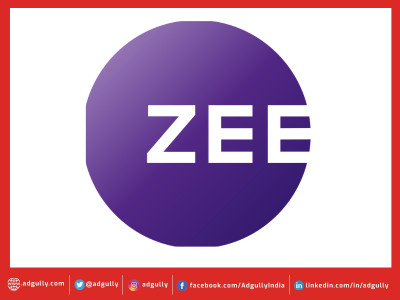
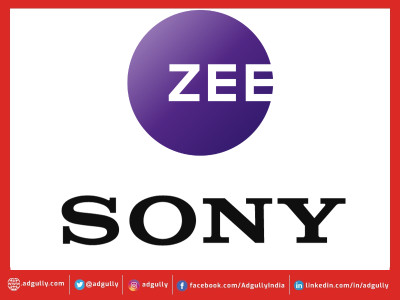

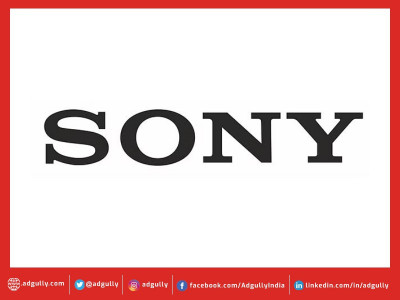

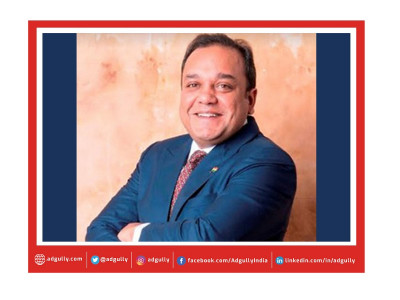
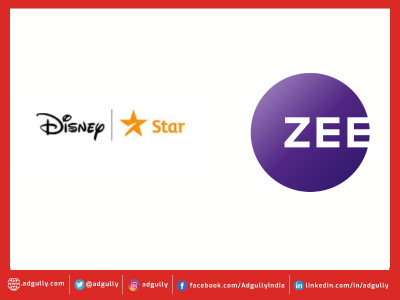

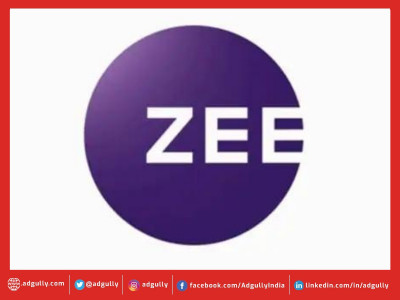
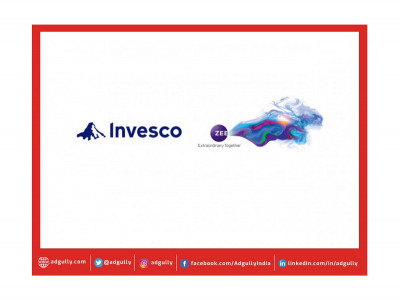
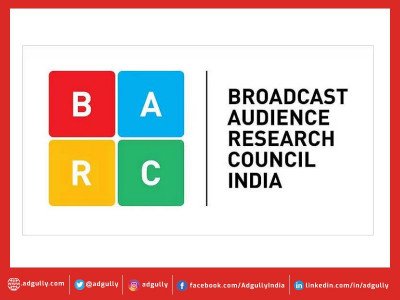
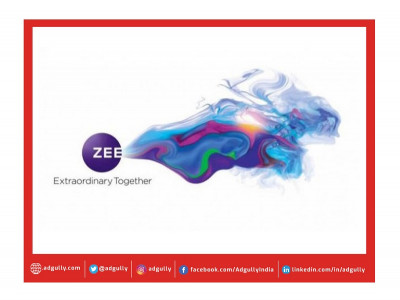


Share
Facebook
YouTube
Tweet
Twitter
LinkedIn